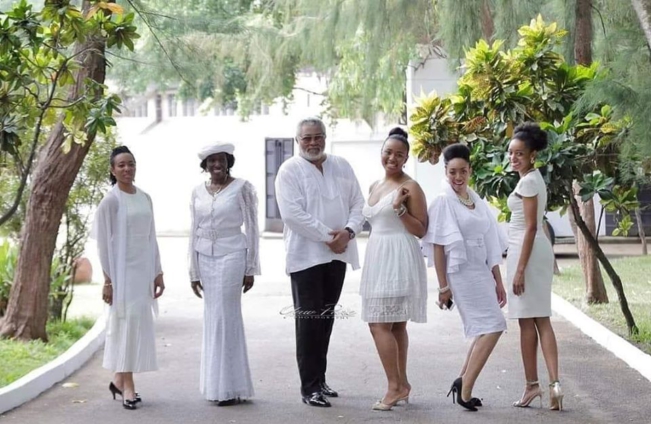
Spain is a vibrant country located in southwestern Europe, with much of its territory stretching along the Atlantic Ocean and the Mediterranean Sea. Its capital, Madrid, is the largest city, followed by other major cities like Barcelona and Valencia. Spanish literature, music, art, and cuisine have had a profound impact on cultures across Western Europe and the Americas. As the second-most visited country in the world, Spain’s cultural significance is celebrated globally.
10 Best Festivals Celebrated in Spain
1. Semana Santa
During the week leading up to Easter, various regions in Spain host elaborate religious processions. Brotherhoods and parishioners parade through city streets carrying ornate floats with images of Jesus Christ and the Virgin Mary. These processions, often accompanied by somber music from live bands, maintain centuries-old traditions. Seville and Malaga are among the cities most famous for their Semana Santa celebrations.
2. La Tomatina (Tomato Fight)
La Tomatina takes place annually in Buñol on the last Wednesday of August. Originating in 1945 during a parade disruption, this lively festival involves thousands of participants hurling ripe tomatoes at one another, transforming the village into a chaotic, tomato-splattered battleground.
3. Feria de Sevilla (Seville Fair)
Originally a livestock fair, the Seville Fair has evolved into a spectacular celebration featuring flamenco dancing, horse-drawn carriages, colorful tents (casetas), and plenty of traditional food and drink. Held in April, it’s one of Spain’s most glamorous and popular festivals.
4. San Fermín (Pamplona Bull Run)
Held every July in Pamplona, the San Fermín festival is famous for the Running of the Bulls. Participants dash through narrow streets alongside bulls en route to the bullring. Dating back to 1591, San Fermín is now a week-long event filled with parades, music, and revelry.
5. Las Fallas
Valencia lights up each March with Las Fallas, a festival where towering paper-mâché sculptures (fallas) are displayed throughout the city. On the final night, most sculptures are set ablaze in massive bonfires, creating a breathtaking spectacle. A few exceptional fallas are preserved in the Fallas Museum.
6. Moros y Cristianos (Moors and Christians)
Spain’s medieval past is reenacted through mock battles between Moors and Christians, held in various towns throughout the year. These colorful festivities celebrate the historical clashes that shaped Spain’s identity, complete with papier-mâché castles and elaborate costumes.
7. Semana Grande (Bilbao)
Held each August in Bilbao, Semana Grande (Aste Nagusia) is the Basque Country’s largest festival. The celebrations feature an impressive puppet parade, concerts spanning all genres, fireworks, and traditional Basque sports, offering entertainment for everyone.
8. Tamborrada (San Sebastián)
Every January 20th, the Tamborrada drum festival fills the streets of San Sebastián with continuous drumming for 24 hours. The event begins at midnight with the ceremonial flag-raising at Plaza de la Constitución and ends when the flag is lowered the next night.
9. Christmas and New Year
Spain’s Christmas and New Year celebrations combine warmth, tradition, and festivity. Thanks to the country’s mild winter climate, Spain offers a cozy alternative to colder European destinations. Families gather for a hearty Christmas Eve meal, while New Year’s Eve is marked by fireworks, music, and the famous tradition of eating 12 grapes at midnight for good luck.
10. Carnival
Spain’s Carnival festivities, held before Lent, are some of the most colorful and energetic in the world. Major cities like Madrid, Barcelona, Cádiz, and Ciudad Rodrigo host elaborate parades, costume contests, and street parties, celebrating life and joy before the solemnity of Lent.





